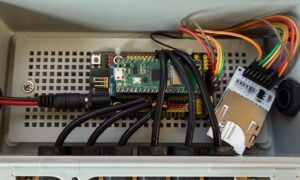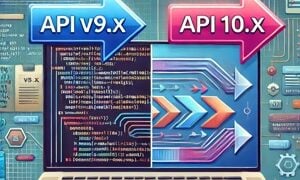I have good news and great news: The good news is that all my corn is in the ground! The great news is that my DIY fertilizer monitor preformed amazingly.
If you havent read part 1 check it out here, but the TLDR recap is: consistency is the name of the game. I need to make sure that my planter is preforming the same from the first acre to the last acre. Before this monitor the only way to check to consistency was to check the amount of fertilizer used after a certain amount of time… it if looked about the same as the last time, then it must be doing ok. Obviously, this wasn’t very accurate.
Getting the monitor installed
Installing this monitor took about 10 minutes. I was in a hurry, because as it always goes… rain was coming, and there was 60 acres of corn to get planted… Zip ties FTW!
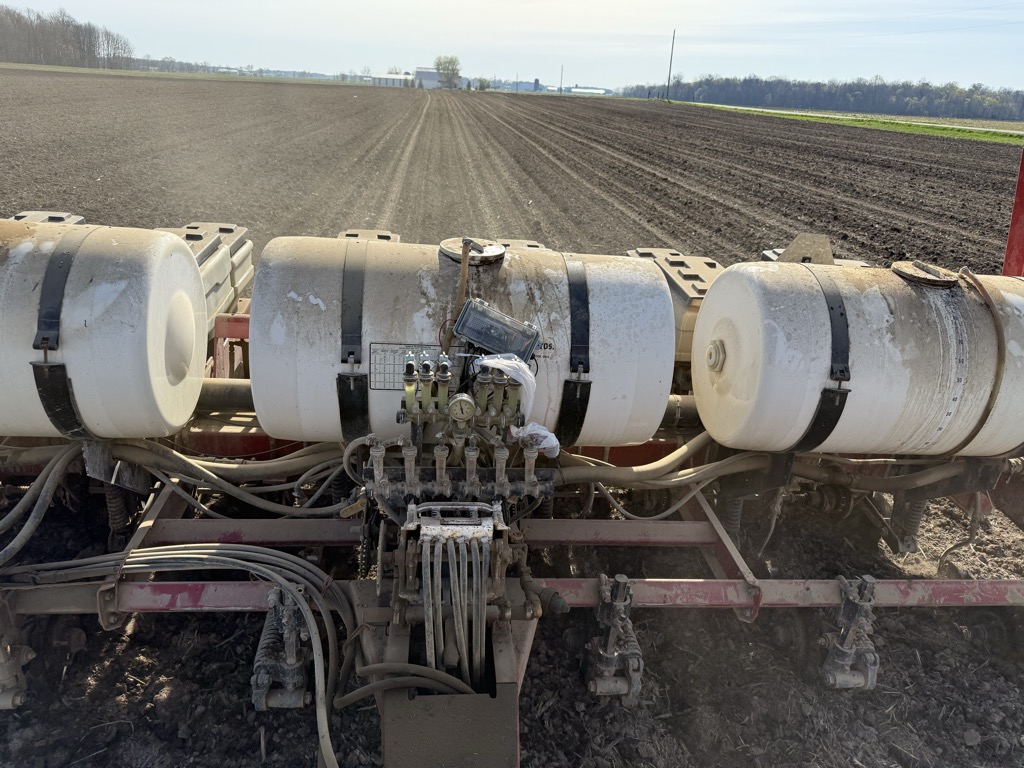
In the close up below you can sort of see the blow monitors hiding behind the sight gauges, and obviouslt the project box with the Raspberry Pi Pico is handing on to a hose. The battery powering things is in a grocery bag and then also zip tied on to part of the planter.
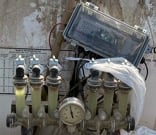
It doesnt look pretty, but it hung on all day without any issues.
Paying for itself in the first day
After installing the monitor, I started down the field and noticed that two of the rows were not in the same range as the other 4. Here is a screenshot showing one of the rows which was only getting about 25-30% of what it should be getting. (I forgot to grab a screenshot showing both rows which were low on flow)
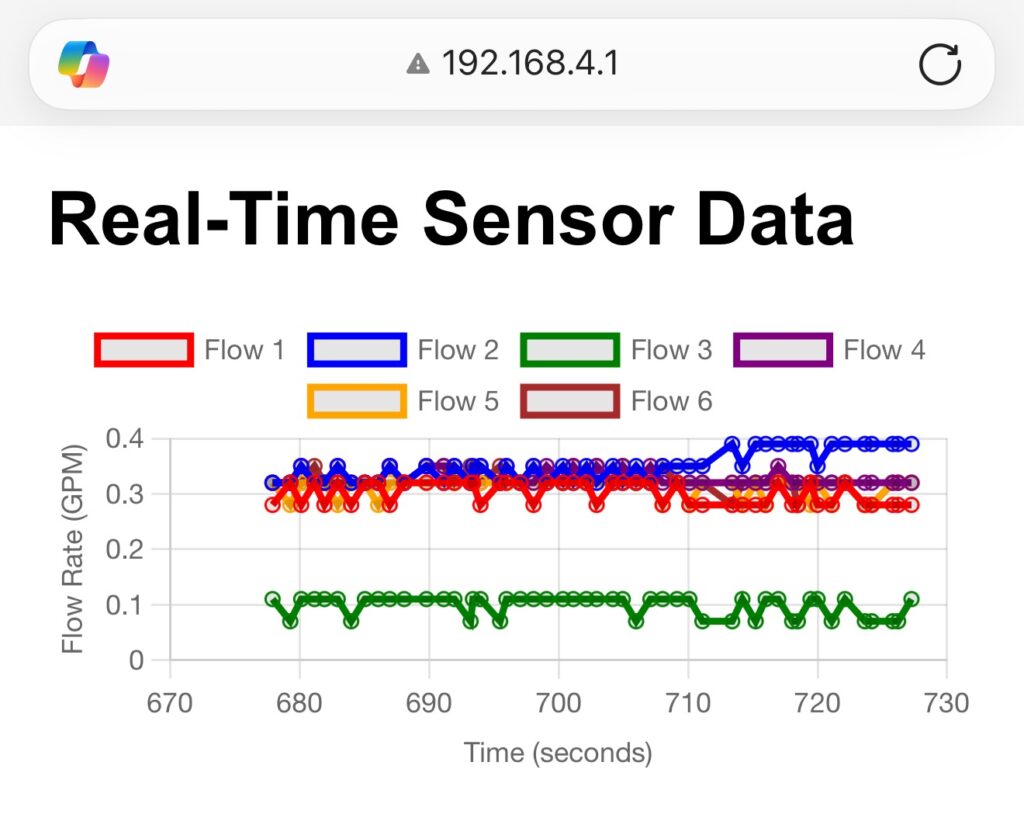
I stopped the tractor and went to check those rows to determine what the problem could be. Having the monitor tell me exactly where to look made it easy to spot the problem.
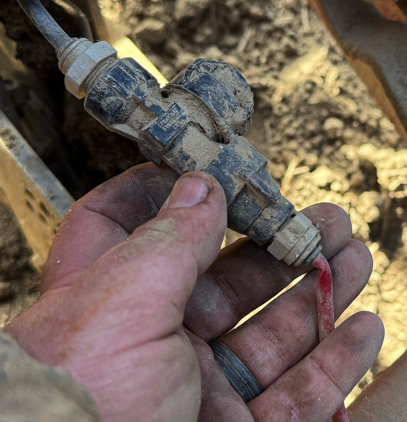
Fixing this issue was easy enough, I just trimmed the part of the pipe that was pinched and got back to work. The other row was a harder to understand what was going on as no kinked hoses were found.
A little planter anatomy: The tank of fertilizer is about 4-5 feet above the ground, so it will naturally siphon unless prevented. Because of this each row has a device that prevents fertilizer from dripping out when it’s not intended. The little device was in the picture above; it is the black thing inline on the tube. This device also can get plugged with dirt fairly easily too, and you can see how covered they can get. Of course, the only way to know if one if plugged would be to have a flow monitor.
I took the entire thing apart on row four, washed it out in water, and then put it all back together… guess what:
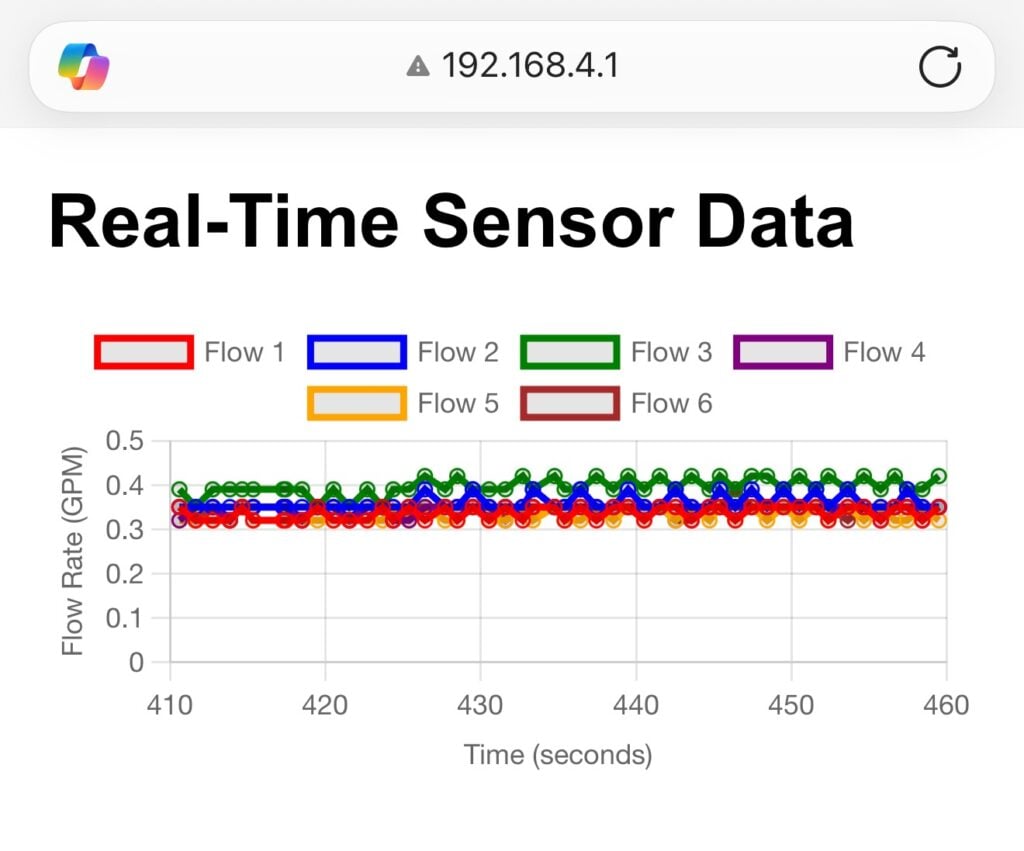
So now the question is… did it get magically plugged in the off season? or was row 4 not getting fertilizer last year either?
Either way, had the plants not received the right amount of fertilizer this year it would have affected yield. My farm produces about 5000 bushels of shelled corn per season and the current price per bushel at the time of writing is about $4.90/bu. This means that if I saved just 50 bushels across my 25 acres (2 bu/ac) it just paid for my monitor!
Other benefits
Another benefit that I have already noticed is that I have to look back at the planter a lot less. This translates to straighter rows… which then translates to less plants that get run over by the sprayer, and applicator later on. It also just makes the whole process less taxing.
I also don’t need to stop to check how much fertilizer is still left either. The monitor can quickly detect when fertilizer is starting to run out.
Improvements
As with any project there is always room for improvements, here are some things I will work on next:
- Built-in battery – I decided not to draw power from the tractor, instead relying on a USB battery pack. Adding a battery inside the box of about 10k-15k mAh should be more than enough for a full day of planting.
- Speed monitoring didn’t work – it’s possible the GPS code will need some tweaking.
- Alarms/Notifications – it would be great if it were able to send a notification to my phone or apple watch. I wouldn’t even need to have my phone out if that were possible
- Data logging – It would be good to record data and GPS coordinates so that it can be post processed later and maps can be created.
- Detect when not planting – Flow rates go to zero when you are turning around. It would be good to add a switch that monitors when the planter is in the ground vs not. Here is what happens now since it doesnt know that im turning around:
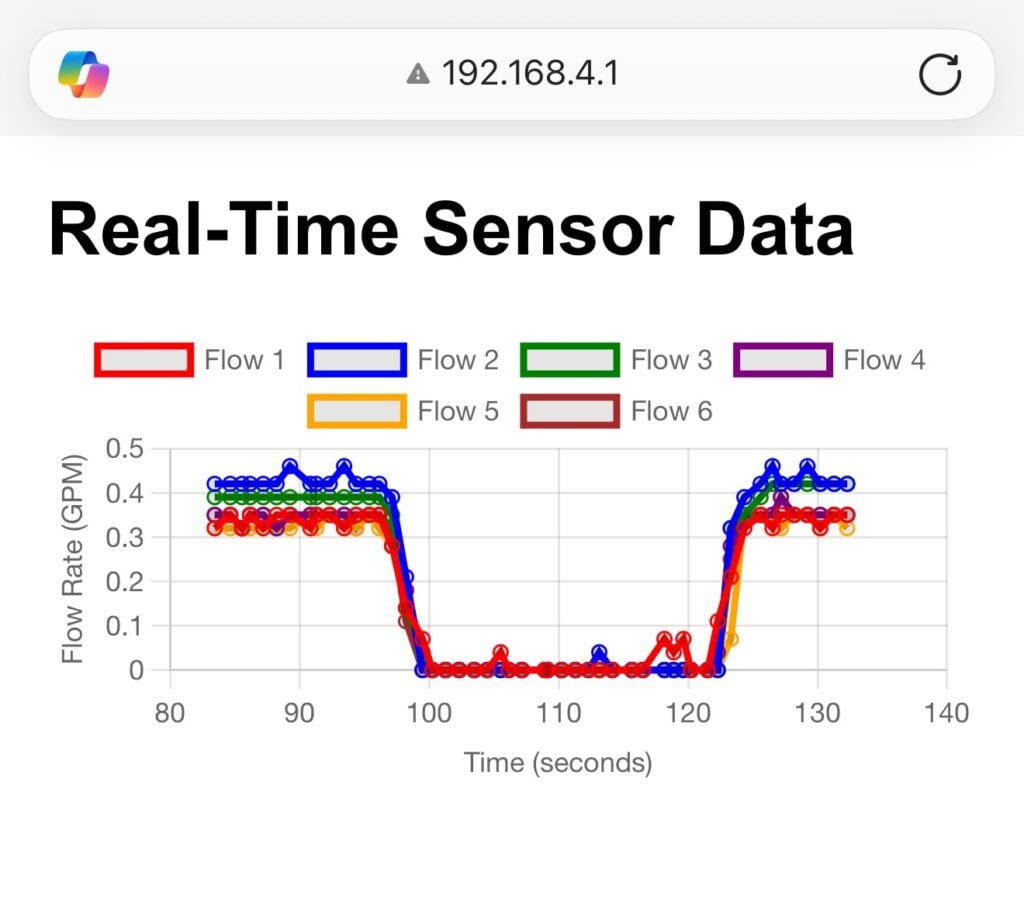
Conclusion
Overall, I am very happy with the first trial run of this project. Being able to create something that solves a real-world problem is way more rewarding that coding something that is just educational or theoretical. Improvements will be made, and hopefully by next year most of the open items will be fixed. However before next year, I will also use this monitor for when we apply more fertilizer in a month or so, so stay tuned for Part 3!
![]()

